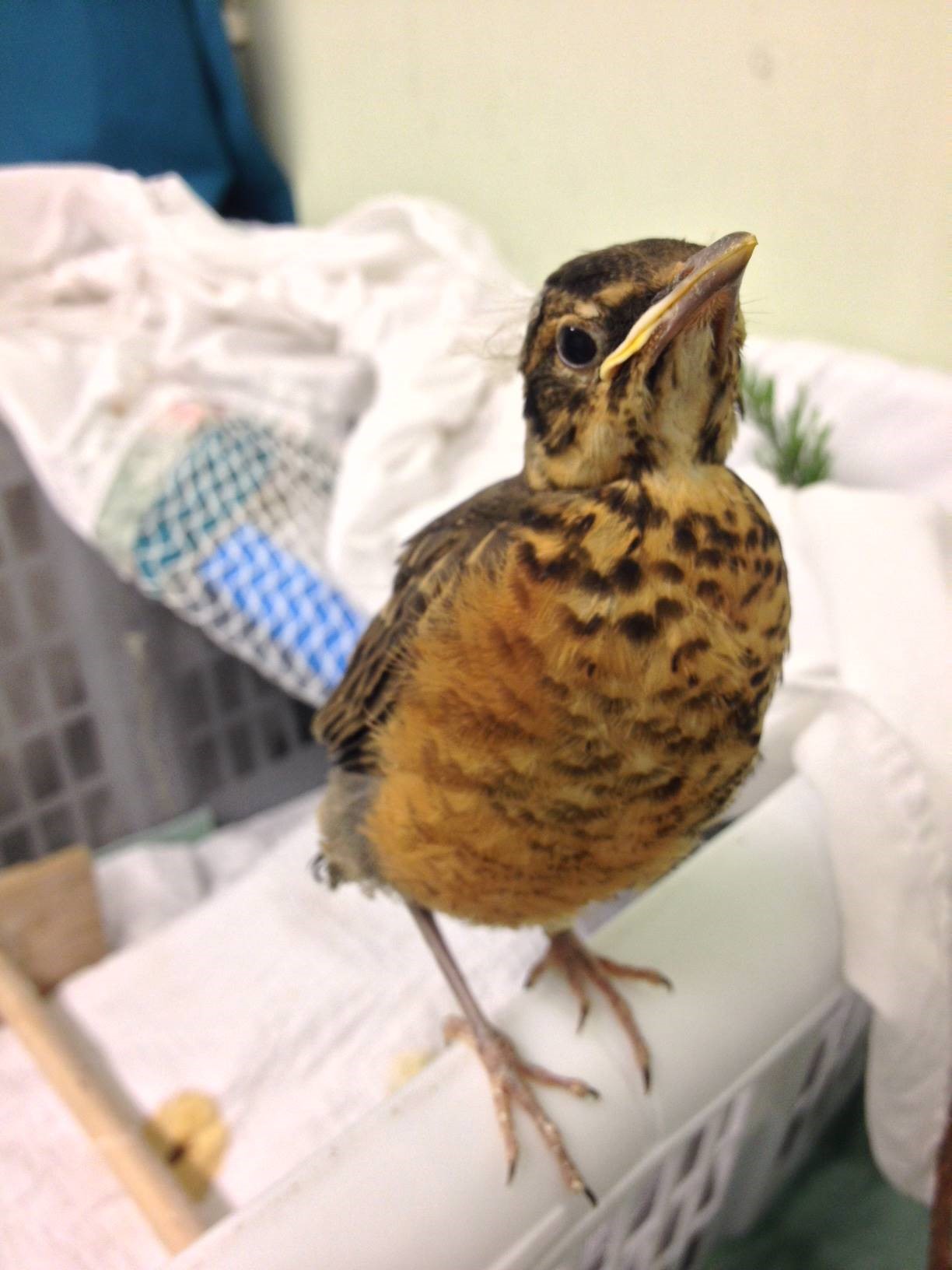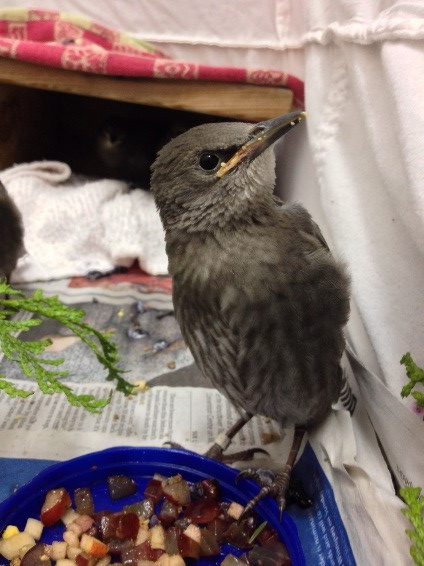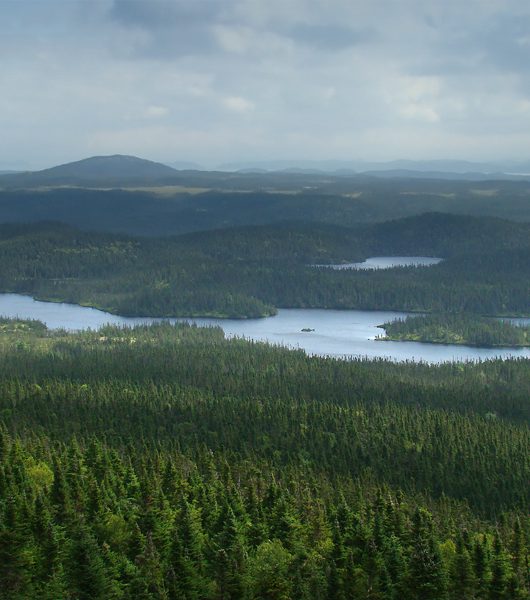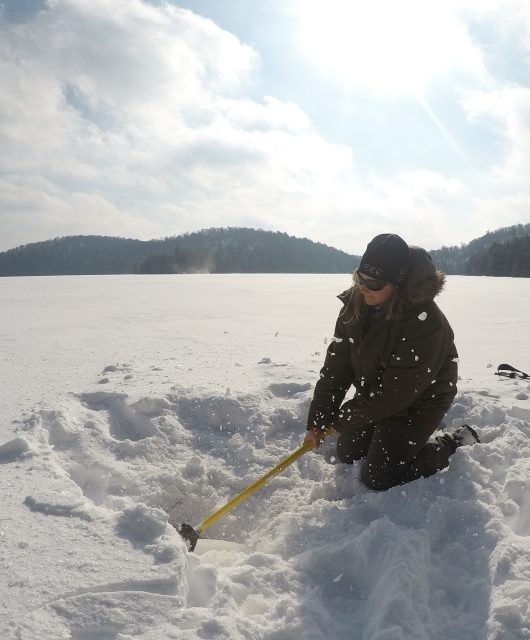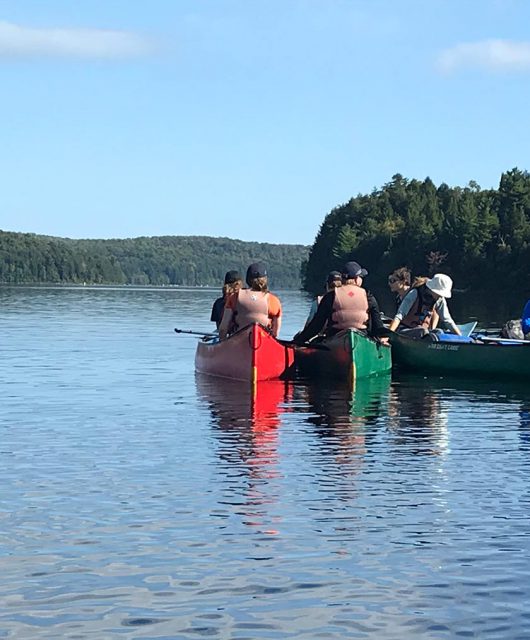After a tumultuous second year in university I felt lost as to what I would be doing during the upcoming summer.
With friends moving away for jobs or simply moving back home for the season, there was pressure to be busy doing something. I had finished the nitty-gritty science courses in my degree so I was still searching and reflecting on where I saw myself in the realm of science. Having a passion for working with animals, I began looking for internships where I could learn and grow in an environment different from a veterinary hospital. I came across an internship with a wildlife rescue association in Burnaby, BC where I would learn about wildlife rehabilitation, public education, and animal care.
A few days after interviewing I received a phone call that the association would like to have me on-board for the summer. I was ecstatic! This experience would turn out to be my first real introduction to wildlife and conservation. In week one I was thrown into baby bird duty, which had me caring for newly hatched Mallard ducklings and Canada Goose goslings, performing health checks on American Robins and Black-capped Chickadees, and feeding corvids such as the Northwestern Crow and the Steller’s Jay.
The volume of foot traffic through the centre with volunteers, staff, and animals was intense. Each day brought new learning opportunities as well as challenges. The animals that came through these doors were more often than not affected by urban activity such as cat attacks, vehicular accidents, and people keeping wildlife as pets.
I fondly remember caring for a crew of American Robins that had fallen out of their nest with no parents insight. Every day I would see their progress and how well they were developing. As the robins grew, I helped decide which outdoor enclosure they would be moved to so that they can build their foraging skills. Coming full circle, I ended up releasing these young fledglings in the local forest by my home in Port Coquitlam. The amount of pride and fulfillment in seeing the babies grow from nestlings to fledglings and then be strong enough for release was an extremely memorable experience.
Working with animals can bring an immense amount of joy and satisfaction, but it can also bring hardships. The reality is that not all animals that entered the doors would survive for various reasons, so it was extremely difficult for me to come to grips with this reality. However, I realized that this is the type of work that excites me. I had learned how to utilize the life history of a species to create rehabilitation plans with appropriate diets, enclosures, and enrichments; how to perform minor wound care and build splints; and how to work with an amazingly dedicated team of people. This experience started me on a journey of wonder, always questioning and critiquing our relationships with animals, and how I can be a catalyst that encourages others to think twice about how they interact with the world around them.
The opinions expressed are those of the participant and do not necessarily reflect the views of the Canadian Wildlife Federation.

